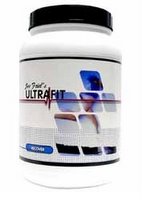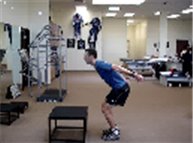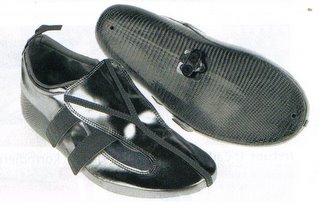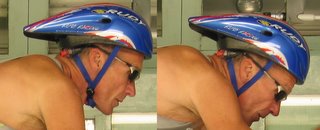 A couple of weeks ago I went to the San Diego Low Speed Wind Tunnel with one of the athletes I coach, Ralph Heath from LaCrosse, WI, and bike-fit-expert Chris Pulleyn from Scottsdale, AZ. The purpose of the trip was to fine tune Ralph’s triathlon position which Chris had previously set. We spent two hours in the tunnel making minute changes and then checking progress every few minutes by turning on the wind.
A couple of weeks ago I went to the San Diego Low Speed Wind Tunnel with one of the athletes I coach, Ralph Heath from LaCrosse, WI, and bike-fit-expert Chris Pulleyn from Scottsdale, AZ. The purpose of the trip was to fine tune Ralph’s triathlon position which Chris had previously set. We spent two hours in the tunnel making minute changes and then checking progress every few minutes by turning on the wind.
Basically, we found that Chris’ original set up was very close. Only minor changes were made and these gained only a few seconds until near the end of our visit (we measured progress in seconds gained in a one-hour time trial).
The biggest changes came from focusing on Ralph’s head. The picture above on the left was Ralph’s normal head position. As we got his head down into the “turtle” position as you see in the right picture we gained something like 20 seconds. But we decided to try different helmets since in the turtle position the tail of the Rudy Project helmet he was wearing rose in the back—this despite putting the helmet as far back on his head as possible. When we went to a Louis Garneau helmet (see picture below) with his head in the turtle position. We gained something like a whopping 55 seconds more. This was probably because the LG helmet design kept the trailing edge closer to his back with less turbulent drag behind the head.
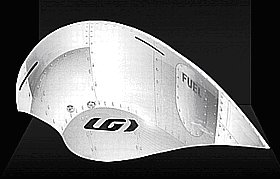 So with two hours in the tunnel Ralph gained 77 seconds over his starting position with most of this coming from changing helmets and getting his head down lower. I’m afraid many helmets on the market that are marketed as “aerodynamic” are actually less aerodynamic than a standard road helmet. And even wearing a decent helmet with the front down close to the eyebrows, while it may look good, is actually slower than with the helmet’s leading edge worn closer to the hairline in front.
So with two hours in the tunnel Ralph gained 77 seconds over his starting position with most of this coming from changing helmets and getting his head down lower. I’m afraid many helmets on the market that are marketed as “aerodynamic” are actually less aerodynamic than a standard road helmet. And even wearing a decent helmet with the front down close to the eyebrows, while it may look good, is actually slower than with the helmet’s leading edge worn closer to the hairline in front.
To see one run from Ralph’s wind tunnel go to http://www.ovationmarketing.com/ralph/ralph_result.html (it's slow to start).
